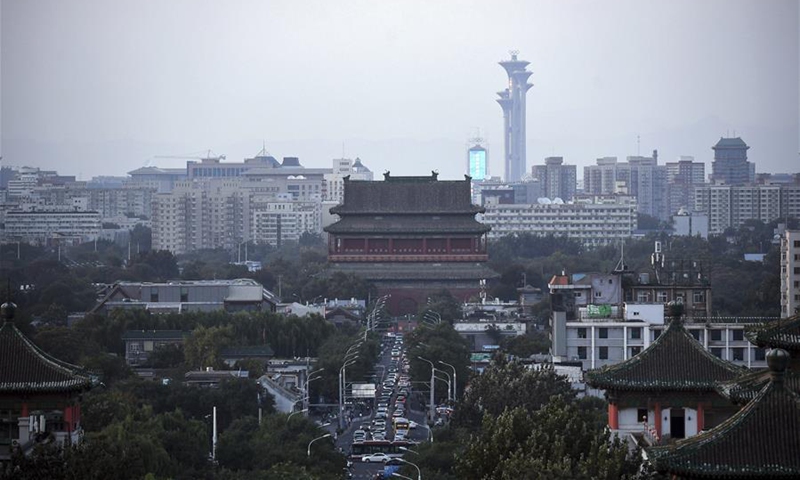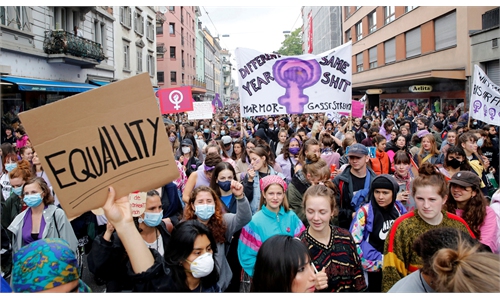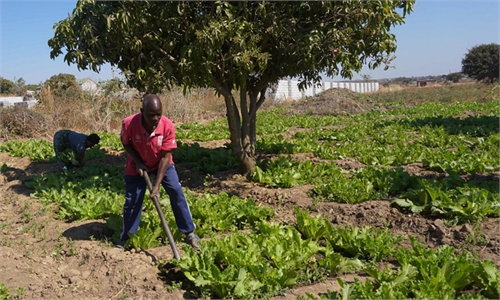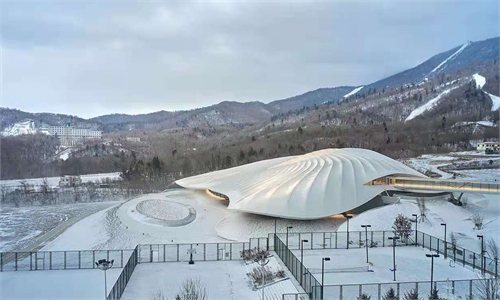ARTS / CULTURE & LEISURE
Beijing Central Axis seeks to become World Heritage Site before 2035

Photo taken on Sept. 4, 2020 shows the view along the central axis of Beijing, capital of China. Photo:Xinhua
The Beijing Central Axis, China's unique cultural and historical core, is expected to be listed as a World Heritage Site before 2035, officials said at the 44th session of the World Heritage Committee held in Fuzhou, capital city of East China's Fujian Province, on Saturday.
The Beijing Central Axis refers to the core area of the old city that stretches 7.8 kilometers from the Yongding Gate in the south to the Bell Tower and Drum Tower in the north. It tells the story of the history of the emperors from the Yuan Dynasty (1279-1368) to the Qing Dynasty (1644-1911) as well as popular figures and the daily lives of the common people.
In 2013, the Central Axis, which encompasses a total of 14 heritage sites, was included on UNESCO's Tentative List for World Cultural Heritage Site nominations.
It is scheduled to meet the requirements for the application before 2030, and is expected to apply successfully before 2035, said officials at a side-event — Conservation and Sustainable Development of Historic Urban Landscape — on Saturday afternoon.
"The successful nomination of the Beijing Central Axis will add a new category to the World Heritage list as it is a representative capital of Oriental civilization as the world currently does not have any similar central axes like the one in Beijing," Lü Zhou, vice president of the Chinese Commission for the International Council on Monuments and Sites, told the Global Times.
He pointed out that urban construction between China and Western countries is very different. In ancient China, the emperor would plan the structure of the capital before building it, while in Western countries, the ruler usually constructed buildings before making an urban plan.
Zhang Yiwu, a professor of cultural studies at Peking University, told the Global Times that the application of the Beijing Central Axis could highlight Beijing's cultural and historical value.
"Many of the 14 heritage sites, like the Forbidden City, have already become World Heritage Sites, but this time, the application of the Central Axis in Beijing — China's top cultural and historical center since the Ming Dynasty (1368-1644) — includes the whole city as a hub of cultural communication," said Zhang.
He added that the capital would enjoy better protection and renovation after the application goes through.
The year 2021 also marks the 10th anniversary of the UNESCO's Recommendation on the Historic Urban Landscape. The recommendation pointed out that the protection of historical buildings should be considered on the equal footing as urban construction, and include the involvement of residents and communities as well as sustainable protection plans.
Lü said that current protection measures for the ancient city are highly compatible with the concepts and methods laid out in the recommendation.
For example, a height limit for new buildings should be set for the center of Beijing to ensure that people in the Central Axis can see the surrounding mountains and environment.
"The protection plan for Beijing can be used as a reference for the protection of historical cities and urban historical landscapes in various countries around the world," he said.




